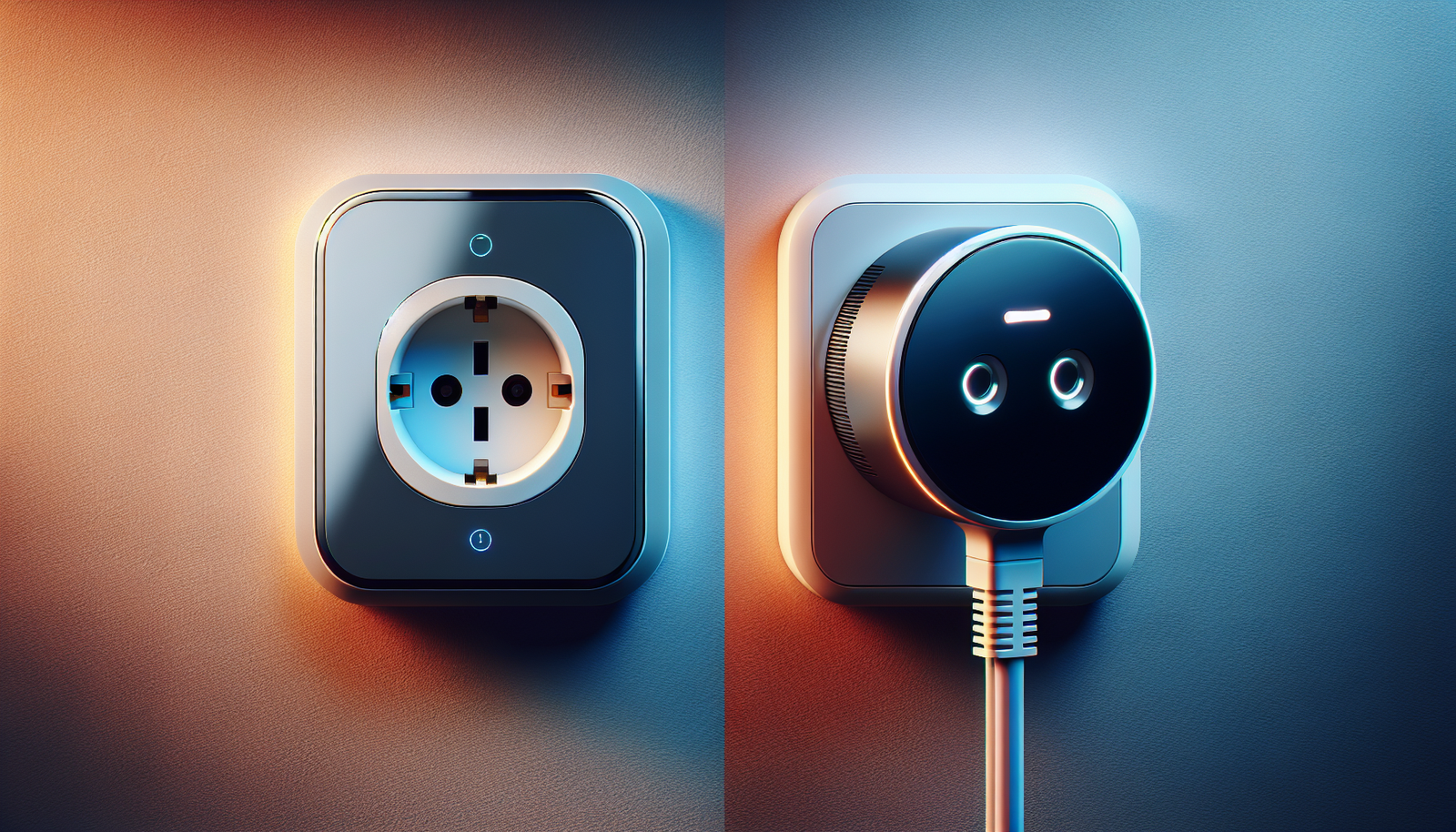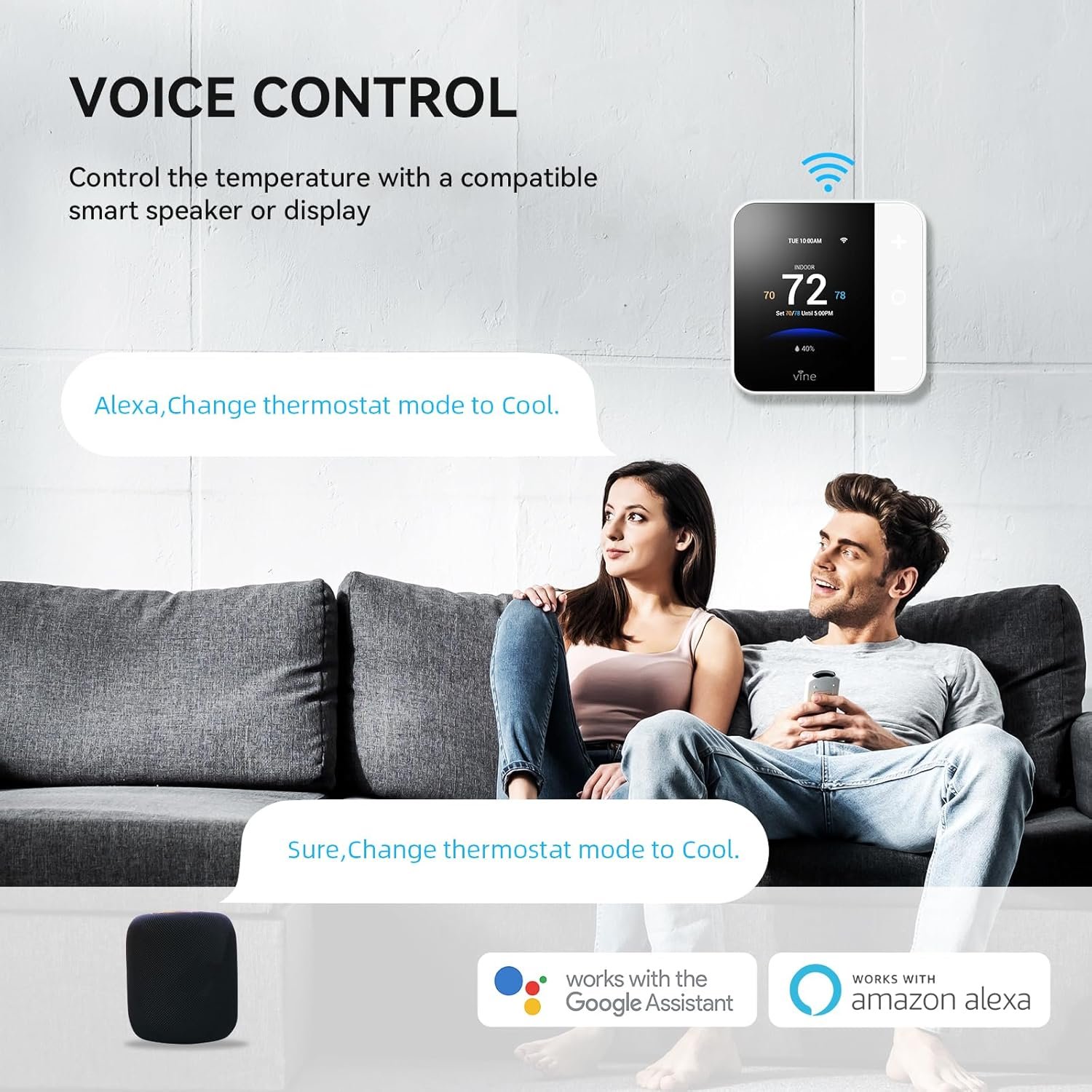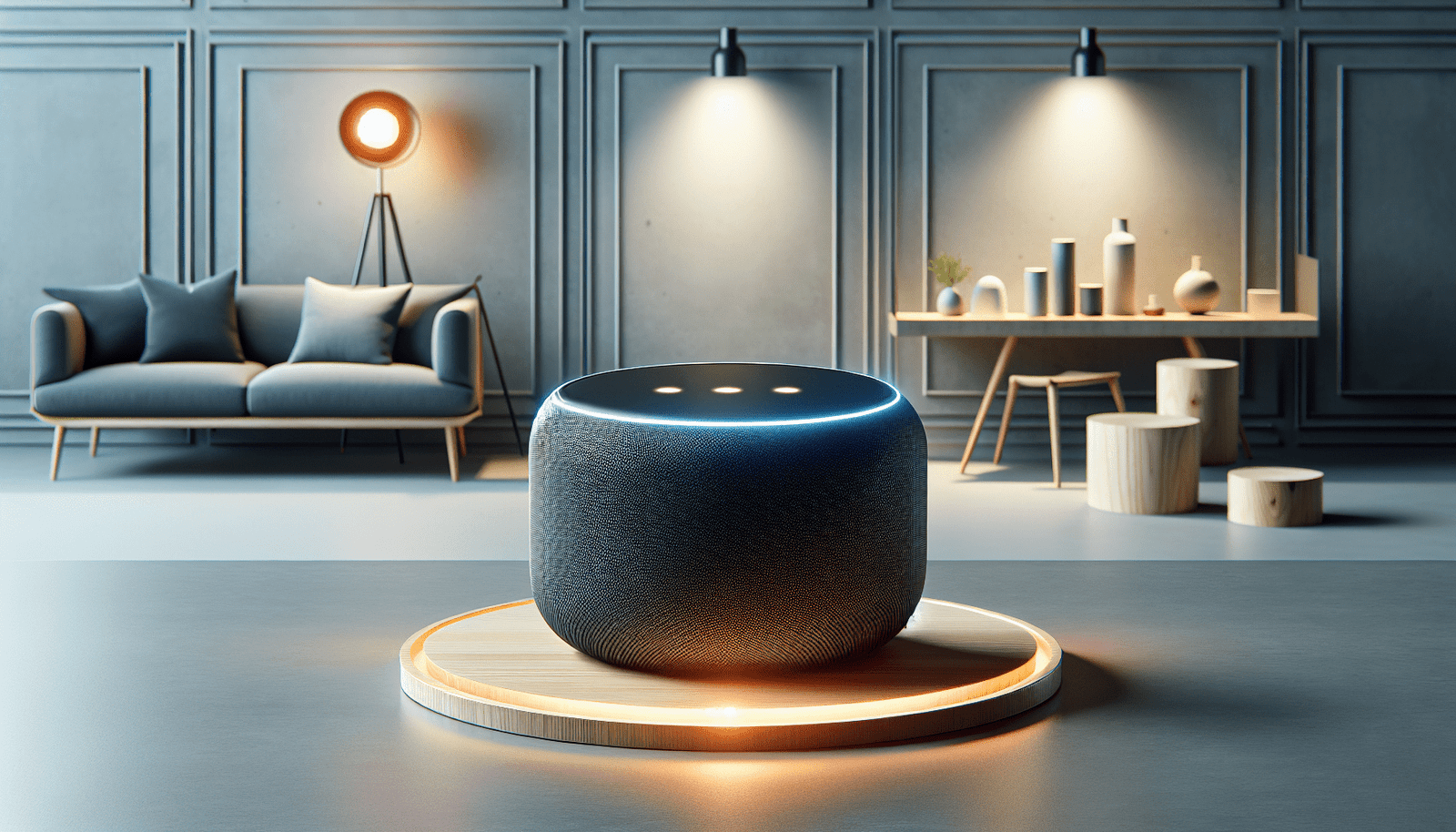What is the difference between a smart outlet and a smart plug? This question often arises in the minds of homeowners and renters eager to embrace modern technology in making their homes smarter and more energy-efficient. Understanding the nuances between these two devices can help you make an informed decision that best suits your requirements. Smart technology has revolutionized home automation, and in the landscape of smart home innovations, smart outlets and smart plugs have emerged as popular choices for controlling household electronics and lighting.
Unpacking Smart Outlets and Smart Plugs
Defining Smart Outlets
A smart outlet is a wall outlet with built-in smart technology that allows you to control devices plugged into it remotely. These outlets often connect to your home’s Wi-Fi network, enabling you to operate connected devices using a smartphone app or voice assistant. By providing a smart upgrade over traditional outlets, smart outlets integrate seamlessly with smart home ecosystems, offering innovative features such as scheduling, automation, and energy monitoring.
Understanding Smart Plugs
On the other hand, smart plugs are devices that can be inserted into traditional wall sockets. They extend the functionality of these outlets by adding smart capabilities. Like smart outlets, smart plugs connect to your Wi-Fi, allowing you to control plugged-in devices through a mobile application or voice command. They are portable solutions that can be moved around your home or taken with you to a new location if you decide to move.
Key Differences in Form and Function
The fundamental difference between a smart outlet and a smart plug lies in their form factor and installation. Smart outlets require a more permanent installation process, often involving replacing existing wall outlets, whereas smart plugs simply plug into any existing outlet. While both perform similar functions, smart outlets can offer a cleaner look since they are flush with walls, whereas smart plugs may protrude slightly.
| Feature | Smart Outlet | Smart Plug |
|---|---|---|
| Form | Integrated into wall | Plugged into existing outlet |
| Portability | Fixed installation | Portable, easy to move |
| Aesthetics | Sleek, flush design | May protrude from wall |
| Installation | May require professional help | Simple plug-and-play |
Exploring Smart Lighting: Bulbs, Lights, and Lighting Systems
The Role of Smart Bulbs and Lights
Smart bulbs connect to your home’s Wi-Fi network and are controlled via a smartphone app or voice assistants. They often come with features like dimming, color-changing capabilities, and scheduling options that allow you to personalize your lighting experience. Smart lights refer to a broader category that includes smart bulbs as well as other fixtures that can be controlled similarly.
Installation and Compatibility of Smart Lighting
Installing smart bulbs is straightforward; they fit into standard lighting fixtures. However, you may need a hub for some smart lighting systems, specifically those that use Zigbee or other proprietary protocols. It’s crucial to ensure that any smart lighting solution you consider is compatible with your existing home automation system or voice assistant.
Benefits and Considerations of Smart Lighting
Aside from the convenience of remote control and automation, smart lighting offers energy efficiency benefits. You can set schedules to ensure lights are only on when needed, contributing to lower electricity bills. However, there are considerations such as potential connectivity issues, compatibility with existing fixtures, and the initial setup process.

Automation and Integration for a Smart Home
Remote Control and Automation Capabilities
Both smart outlets and smart plugs can be programmed to turn connected devices on or off at specified times, enhancing convenience and energy efficiency. This feature is crucial for smarter home management and energy conservation, as it allows unprecedented control over household devices.
Voice Assistant Compatibility
Integration with voice assistants such as Amazon Alexa, Google Assistant, or Apple HomeKit further extends their utility. You can manage your lighting and appliances through voice commands, adding to the hands-free convenience and modern appeal of your home.
Energy and Cost Efficiency
A significant draw of incorporating smart technology is reducing electricity costs through effective energy management. Smart plugs and outlets can track energy usage, helping you identify devices that consume excessive power and optimize their operation.
Addressing Drawbacks and Limitations
Connectivity and Security Considerations
While smart outlets and plugs offer numerous benefits, they rely heavily on stable Wi-Fi connectivity. It’s essential to ensure that your home network can support these devices. Additionally, as with any device connected to the internet, there’s a potential risk for security breaches. Keeping device firmware updated and using robust passwords can mitigate such risks.
Power Usage When Off
Smart devices consume a minimal amount of power even when devices are turned “off.” Although this standby power consumption is usually negligible, being aware of it contributes to making informed decisions about energy usage and smart technology integration.

Troubleshooting and Best Practices
Connectivity Issues
If you encounter connectivity issues with your smart devices, checking the strength of your Wi-Fi connection, ensuring the device firmware is up to date, and rebooting devices generally resolves common problems. Regular maintenance, such as these practices, ensures smooth operation.
Optimal Device Placement
Proper placement of your smart plugs and outlets can influence their performance. Devices should ideally be within range of your Wi-Fi router and not obstructed by thick walls or large objects that could interfere with signal strength.
Ecosystems and Outdoor Uses
Integrating with Existing Smart Technology
Smart outlets and plugs enhance your smart home ecosystem by working in conjunction with other devices such as smart switches and dimmers. This creates a more cohesive and streamlined automation experience, where multiple devices work in unison for optimal comfort and efficiency.
Outdoor Smart Lighting Solutions
For outdoor use, smart lighting solutions boast weather resistance and are ideal for security lighting. They provide the same remote operation and scheduling features, making them advantageous for property safety and outdoor aesthetics.
Future Trends in Smart Lighting Technology
Evolution of Smart Devices
The future of smart lighting solutions is promising, with continuous advancements in technologies like integrated sensors for ambient light detection and enhanced energy savings. The industry is moving towards more sophisticated AI-driven systems that can adjust lighting based on occupancy, time of day, and environmental conditions.
Sustainable Energy Practices
With a growing focus on sustainability, future smart lighting technologies will likely prioritize eco-friendly designs, energy-efficient operations, and potentially integrated solar power options to further reduce environmental impact and operational costs.
In conclusion, whether you’re a homeowner looking to save on electricity bills, a renter seeking easy smart tech solutions, or a tech enthusiast interested in cutting-edge home automation, understanding the functional differences and benefits of smart outlets and plugs can significantly enhance your living space. Each option provides unique advantages, and selecting the right one can transform ordinary living environments into intelligent, energy-efficient homes.
Disclosure: As an Amazon Associate, I earn from qualifying purchases.





